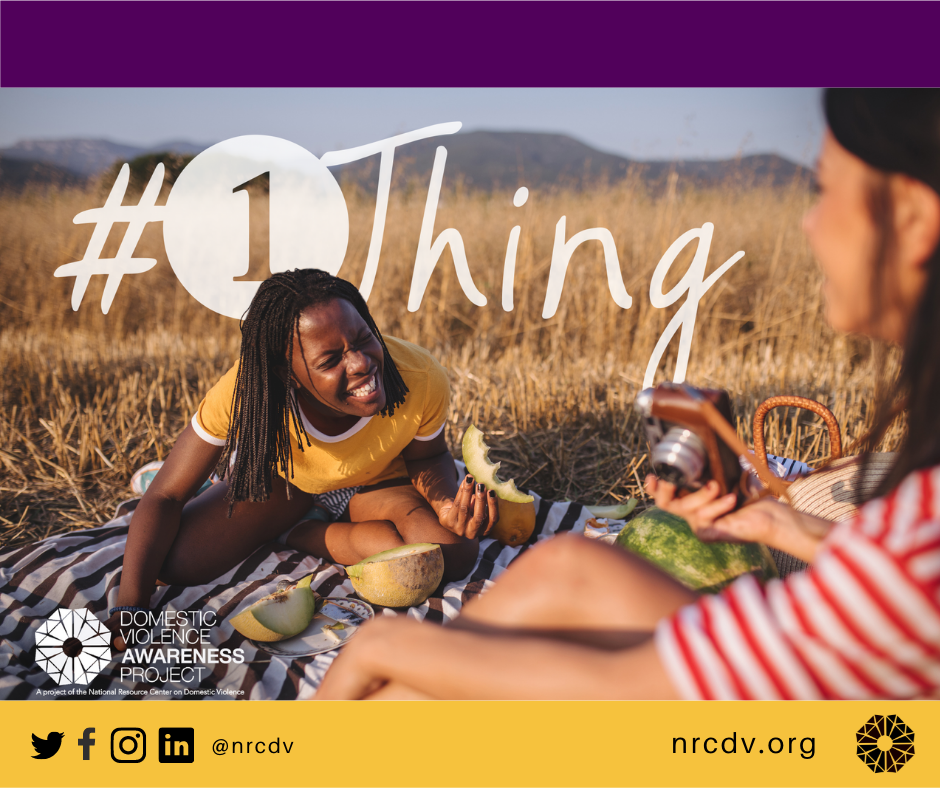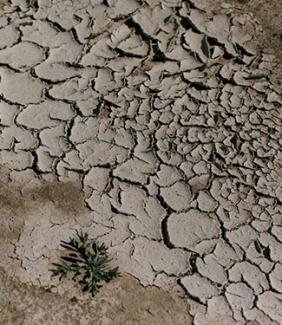By Patty Branco, NRCDV Director of Training & Technical Assistance
If my memory serves me right, the first time I compiled information about the link between disaster and gender-based violence was after the catastrophic earthquake that hit Haiti on January 12, 2010. Fourteen years later, as I write this piece, Haiti is once again in a state of emergency. The news share accounts of “widespread violence, looting of basic infrastructure, and fears of a famine.”
The gender and disaster body of research has expanded significantly since 2010. Recent research continues to show that women and girls are more likely to experience gender-based violence during and in the aftermath of crisis situations. As advocates, we know that disaster preparedness and response for domestic and sexual assault organizations must be addressed from a gender equity lens. But the anti-violence field is still perhaps less clear about the importance of also applying a racial equity lens. Disaster prevention and response have everything to do with oppressive systems. But more about the “isms” later.
Hope lives just underneath despair.
“Hope is being able to see that there is light despite all of the darkness.” – Desmond Tutu
As organizations in the gender-based violence field prepare and respond to crises, it is critical to bring visibility to and leverage communities’ experiences of collective resilience and strength. Despite the many challenges that families and communities face in disaster situations, the role that they play in the rebuilding of their communities cannot be understated. Alongside fear, despair, and uncertainty during crisis situations, our communities also experience an abundance of connectedness, support, and hope.
This abundance of community support and connectedness in the face of adversity is illustrated, for instance, by the ever-present role of mutual aid. Mutual aid networks and projects have emerged widely around the world since the Covid-19 pandemic. The concept and practice of mutual aid may be a novelty to many. However, it is important to honor the existence of a rich history of communities coming together to help each other survive, especially among traditionally marginalized groups. Mutual Aid is a practice and politics that emphasizes solidarity rather than charity.
“What does that mean? It means we recognize that our well-being, health and dignity are all bound up in each other. It means that we understand our survival depends on cooperation, not competition. In this particular moment, we see that our health is also dependent on other people’s health, and we can literally save each other’s lives. Rather than disengage and feel powerless, mutual aid allows us to plug in where we can make the most impact — locally.” – Mariame Kaba
Going back to the “isms.”
“We can literally save each other’s lives!” And while taking responsibility for caring for one another, we work simultaneously to change societal conditions. Disasters and emergencies – even “natural” disasters – do not occur in a vacuum. They are intimately connected to larger systems of oppression, such as colonization, capitalism, and racism.
For example, the prevalence of natural disasters increases in the context of climate change. Whereas climate change is accelerated by human behaviors, the impact of weather and climate events is influenced by societal structures. At the same time, economically vulnerable communities – made vulnerable because of such systems of oppression – are at risk for exploitation in the wake of disasters. One prime example is the intervention of private interests in reconstruction efforts.
In many places across the world, war and other forms of devastation need to be contextualized by histories of colonization. For example, before Hurricane Maria hit in 2017, “Puerto Rico was battered by the forces of another storm — a financial storm.” As another headline reads, “Puerto Rico’s $123 Billion Bankruptcy Is the Cost Of U.S. Colonialism.” These articles can explain the connections between colonization and natural or human-wreaked havoc much better than I possibly could.
We all have witnessed how the Covid-19 pandemic magnified systemic racial and gender inequities. We’ve learned from extensive research that high rates of vulnerability to Covid-19 among Black, Indigenous, and People of Color (BIPOC) can be attributed to long-standing structural inequalities and racism.
- At some point, Black Americans were dying of Covid-19 at three times the rate of white people.
- When Covid-19 vaccinations rolled out, Black Americans had less access to the vaccine as compared to white Americans.
- Survivors of color, in particular, have been dramatically harmed by racism, economic inequity, and Covid-19. They were at greater risk of facing food and housing insecurity during the pandemic.
Humble offerings to fellow “hope” workers.
- Start by listening and leading with the experiences and voices of survivors. From disaster/emergency preparedness to response and all phases in between, advocates and service providers must recognize the strengths of the communities we serve, how they are experts in their own realities and needs, and how they are able to leverage the strengths and resources that are available to them.
- Bring visibility to and leverage communities’ experiences of collective resilience and strength, including solidarity practices such as mutual aid. It has been said that 2020 was a year of crisis and a year of mutual aid: “From meal deliveries to sewing squads, childcare collectives to legal aid, neighbors and strangers opened their wallets, offered their skills, volunteered their time and joined together in solidarity to support one another (Ariel Aberg-Riger, 2020).”
- Creatively allocate new and existing funds to ensure that successful services and solutions adapted during emergencies continue and even expand. For example, adapted services and innovative practices launched or strengthened during the Covid-19 pandemic, such as mobile advocacy, telehealth services and virtual operations, have proven beneficial for survivors by eliminating barriers such as the need for transportation, extra time for transportation, and childcare.
- Work to dismantle systems of oppression. In the context of emergencies and disasters, our work involves understanding the connections between natural and human-made crises and systems of oppression. And we must work to “dismantle these systems through social change efforts that promote compassion, respect, equity, and peace.”
- Recognize advocates as essential workers. Advocacy during a major crisis is extremely difficult. One key lesson from Covid-19 is that organizations in the gender-based violence field must prioritize the health, safety and wellbeing of advocates to adequately sustain support services during a public health emergency. “Domestic violence and sexual assault advocates are the ultimate essential workers.” Keep in mind that 1 in 2 service providers working in our movement is a survivor themselves. This means that supporting service providers is supporting survivors. NRCDV has compiled resources in response to the identified need for advocates to feel supported and valued, especially as they put themselves at risk to support survivors’ safety.
In this video, advocate Zakiya Bell-Rogers shares why she is an essential worker and why her work of serving those experiencing violence within her community is essential.
Coming full circle: It’s all connected. Or “we are one people.”
In closing, let’s come full circle. My thoughts are back with Haiti. I pay homage to leaders of the Haitian women’s movement who lost their lives to the 2010 earthquake: Myriam Merlet, Magalie Marcelin, and Anne Marie Coriolan. They founded three of Haiti’s most significant women’s advocacy organizations. I also pay homage to the countless survivors who are suffering the impacts of the emergency situation that is unfolding today. That’s the thing about crises and disasters. They have everything to do with preventing and responding to violence – especially gender-based violence. And they have everything to do with the isms.
 In the context of emergencies and disasters – and beyond – as advocates, service providers and social change agents, our work on behalf of survivors is the work of dismantling systems of oppression. What is #1Thing you are going to do today to disrupt oppressive systems before crisis strikes again?
In the context of emergencies and disasters – and beyond – as advocates, service providers and social change agents, our work on behalf of survivors is the work of dismantling systems of oppression. What is #1Thing you are going to do today to disrupt oppressive systems before crisis strikes again?
For social change tools to support your efforts, check out this searchable inventory on preventIPV.org.
I leave you with this quote from Alice Walker, for whenever we necessitate this reminder – and we surely do just about now:
“Whatever is currently happening to humanity, it is happening to all of us. No matter how hidden the cruelty, no matter how far off the screams of pain and terror, we live in one world. We are one people.”















